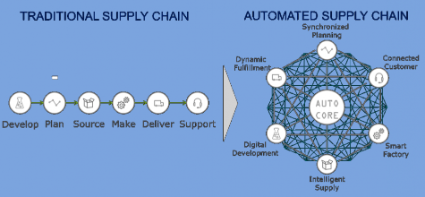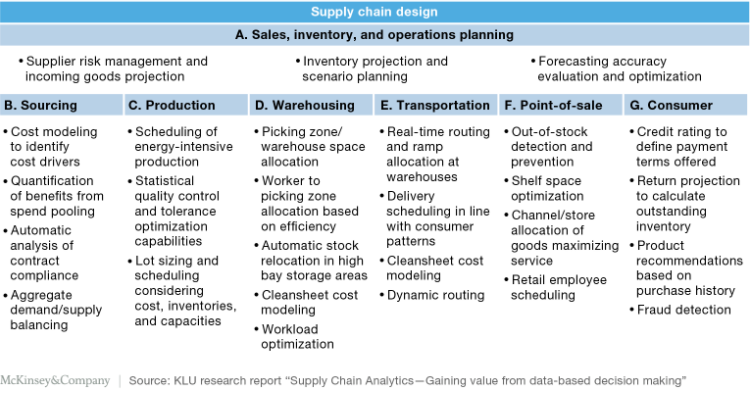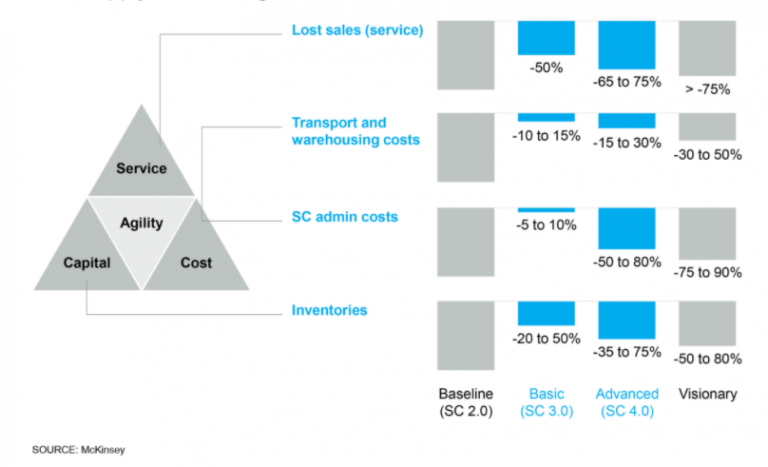Since the COVID-19 outbreak, we can see shifts of every industry towards digitization. Supply chain processes have seen digitization in every aspect such as shipping status, ordering process, inventory and warehouse management and gathering data related to the processes. Traditional tools are focused on each individual function of the supply chain such as alerts and updates of shipping information after manual data entry to inform the subsequent people about the activity. Along with the manual dependency, traditional supply chain tools need to acquire data over a period of time and run algorithms manually to gain insights on spends, demand and supply pattern. In case of an industry shock such as the unexpected Covid-19, algorithms are not automatically adjusted to foresee the best opportunities. The data collection is also not reliable as it can be manipulated and has no supportive background be checked as proof.
These are just a few of the many problems, which have been the reason for companies to opt for digitization of their supply chain process. Technologies such as RFID solution, smart labels and wireless sensory networks enables the products to communicate with a cloud software through the internet by means of intelligent packaging. Internet of things (IoT) is therefore the most popular solution used to digitize the supply chain of global giants such as Amazon among others to implement track and trace solutions.
How Can You Digitize Your Supply Chain?
Identify the Starting Position and Embed Smart Tags –
It is important for a company to know which part of the supply chain they want to start tracking. This can differ from company to company such as an electronics company may want to track and trace the supply chain process right from the sourcing of raw material whereas in case of Pharma, the finished good will be the starting point and the product journey of the goods outside the factory will be focused on!
Once your product is digitized with technology like RFID solutions or intelligent packaging, it can start communicating with the cloud about the status of its journey in the supply chain after each scan.
Define Your Use Case
Digitization of supply chain is key to encouraging transparency and visibility while controlling replenishment, maintenance, production, transportation, delivery and customer satisfaction, as well as driving efficiencies and mitigating risk. We can achieve each of these aspects, however it is important to define the problem area and recheck if the system in place has been used in the most efficient way to achieve the desired result.
This can mean that inventory management is made better through FIFO or whether reverse logistics is made efficient with the use of a digital supply chain.
Gather Data for Analysis
An array of information is made available to be used for companies in real time. This is the most reliable data due to automatic updates without manual intervention. Also using data and analytics, organizations can better identify process steps that are creating unnecessary work.

A digitized supply chain ensures a direct flow of accurate data which allows companies to make smarter decisions.Businesses that use data analytics experienced increase in profit that reached as high as 8%. Furthermore, those same businesses experienced reduction in costs that also reached as high as 10%.
Supply chain process involves constant need for decision making in every aspect. The illustration by the McKinsey has managed to summarize the process in a simple illustration.

Intelligent packaging can capture data and run analytics to improve operational efficiency and effectiveness by enabling data-driven decisions at strategic, operational and tactical levels. It encompasses virtually the complete value chain: sourcing, manufacturing, distribution and logistics.
Few companies use this data to identify the most efficient shipping carriers through advanced analytics due to the numerous metrics available to know the best route and carriers suitable for their shipping needs. Many companies use the SaaS solution to solve their issues of absence of user interface across applications to provide end-to-end visibility, track and trace, visibility of global supply chain and logistics processes, and forecasting for cost management. These companies also get the validation of the market, the competitive landscape, and opportunities to secure funding.

Supply chain leaders must take advantage of the opportunities that come with digital transformation in order to stay competitive in today’s global market. Digitization does not mean applying the latest technologies, it means aligning digital initiatives with supply chain goals and adopting a Digital Operating Model to find the untapped potential of existing resources and capabilities, thus resulting in a higher level of performance.
You can connect with Sepio Products Private Limited who are leaders in digital supply chain by e-mailing them on hello@sepioproducts.com

